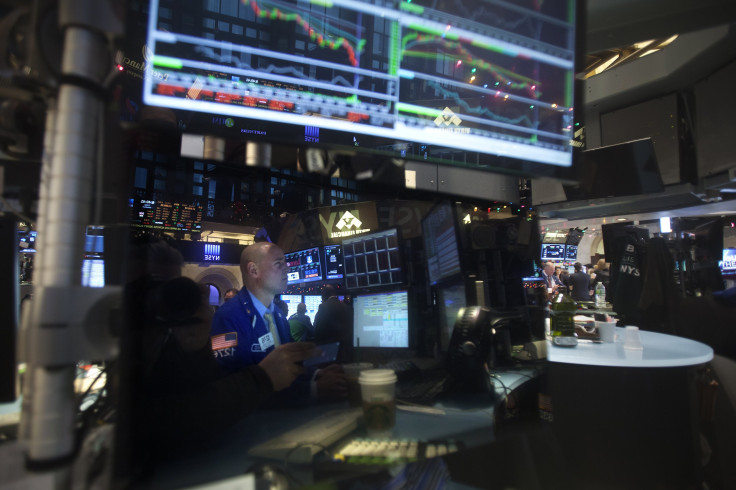Dow Jones Industrial Average Up On Positive US Jobs Data, Bounce Back From Selloff And Hope Of European Stimulus

The Dow Jones Industrial Average kicked off Thursday on a positive swing as investors saw gains in Europe, perceived a stabilization in global oil prices and a second positive note about the U.S. jobs market. The Dow was up 0.90 percent, to 17,743.37, while the S&P 500 gained 0.79 percent, to 2,041.86. The Nasdaq was trending up by 0.89 percent, to 4,692.02.
It’s the second morning of gains for a market that began the year flummoxed by plunging oil prices and significant doubts about the state of the global economy. “The reason the markets were up today is because they were down for six of the past seven days,” said Stuart Hoffman, chief economist at PNC. “There is a bit of a bounce back here in the markets.”
The U.S. Department of Labor released its weekly jobless claims report Thursday morning, showing the number of Americans filing for unemployment insurance fell last week by 4,000, to a seasonally adjusted 294,000. The four-week moving average stands at 290,500 and has been below 300,000 for the past 17 weeks, signaling a continued recovery of the labor market.
A report released Thursday by Challenger, Gray & Christmas also shows that layoffs were down 5 percent last year compared with 2013, a strong indicator that the U.S. labor market continues to improve. Layoffs are now at the lowest rate since 1997.
This bodes well for job seekers, who will not only find more employment opportunities in 2015 but will enjoy increased job security once they are in those new positions,” said CEO John A. Challenger, in a prepared statement announcing the report.
New York traders also looked across the Atlantic, where European markets were headed toward a positive close, led by France’s CAC 40 index's 2 percent gain. Investors expect the European Central Bank to begin a monetary stimulus program to stave off deflation after Germany’s recent indications that it was loosening its austerity stance.
Meanwhile, U.S. crude was trading higher after hitting a six-year low. U.S. West Texas Intermediate was up 23 cents, to $48.88 a barrel, before 9 a.m. in New York. Brent crude, the global benchmark, was up 19 cents, to $51.34, in London.
The plunge in oil prices since November raises the specter that the global economy is poised for a massive downturn. But part of the fall is due to oversupply, as producers, led by Saudi Arabia, keep delivering in order to maintain market share. The U.S. shale oil boom has pushed down oil imports to a 40-year low.
© Copyright IBTimes 2024. All rights reserved.






















